TYPES OF APPLIANCES
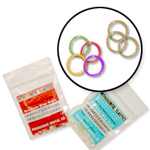
ELASTICS (RUBBER BANDS)
Wearing elastics (or rubber bands) improves the fit of your upper and lower teeth. Wear rubber bands as instructed, and remember that the rubber bands work far more efficiently if they’re worn as prescribed.
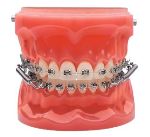
FORSUS™
The Forsus Fatigue Resistant Device is an alternative to headgear which promotes growth in adolescents, helping to eliminate excessive overbites, improve the fit of teeth, and possibly prevent the need for jaw surgery.
HABIT APPLIANCES
Tongue crib, bluegrass, and thumb rake are a few appliances used to prevent the habits of tongue thrusting (pushing the tongue against the back of the front teeth) and thumb sucking. Thumb sucking that persists beyond the eruption of primary teeth can cause improper growth of the mouth and misalignment of the teeth. If you notice prolonged and/or vigorous thumb sucking behavior in your child, talk to your dentist.
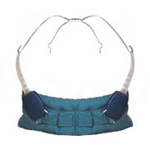
HEADGEAR
Headgear is used to treat patients whose teeth are in an overbite, with the upper jaw forward of the lower jaw, or an “underbite” with the lower jaw forward of the upper jaw. Headgear gently “pulls” on your teeth to restrict further forward growth of your upper teeth and jaw.
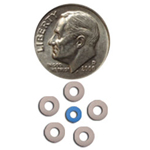
SEPARATORS OR SPACERS
Separators are little rubber doughnuts that may be placed between your teeth to push them apart so that orthodontic bands may be placed during your next appointment. The separators will be removed before we place the bands. Separators do not mix well with sticky foods, toothpicks, or floss.
LOWER LINGUAL HOLDING ARCH
The lower lingual holding arch is used to hold space in the lower arch. The appliance is made of two bands cemented onto the first molars. A wire is attached to the bands and fits snug against the lower front teeth.
The patient should brush daily around bands and wire, flossing may require a floss threader and should also be done daily. The patient should avoid sticky, chewy candy, as it can loosen the appliance.
NANCE
The Nance appliance is used to prevent upper molars from rotating or moving forward after extraction of primary teeth or during your orthodontic treatment. Some patients wear the Nance appliance while they are awaiting their permanent bicuspids or premolars to erupt into place.
The appliance is made of two bands that are cemented onto the first molars in addition to a wire that spans the roof of the mouth from one molar to the other. An acrylic pad or “button” covers the wire that touches the roof of the mouth directly behind the front teeth.
Patients should brush around the bands daily, Do not eat sticky, chewy candy, as it can loosen your appliance.
TADS
Temporary Anchorage Devices are small titanium anchors used in certain orthodontic cases to help achieve quicker tooth movement with more efficiency and comfort. TADs may be used in addition to braces or as an alternative to headgear. It is a comfortable and quick procedure. If you do feel discomfort from having your TADs placed, Tylenol® is recommended to help relieve your pain. If you continue to experience discomfort days after your treatment, please contact your dentist as soon as possible.
TADs care:
- Brush your teeth at least three times a day.
- Use the provided antimicrobial mouthwash twice a day.
- If you have any questions about TADs, contact our practice.
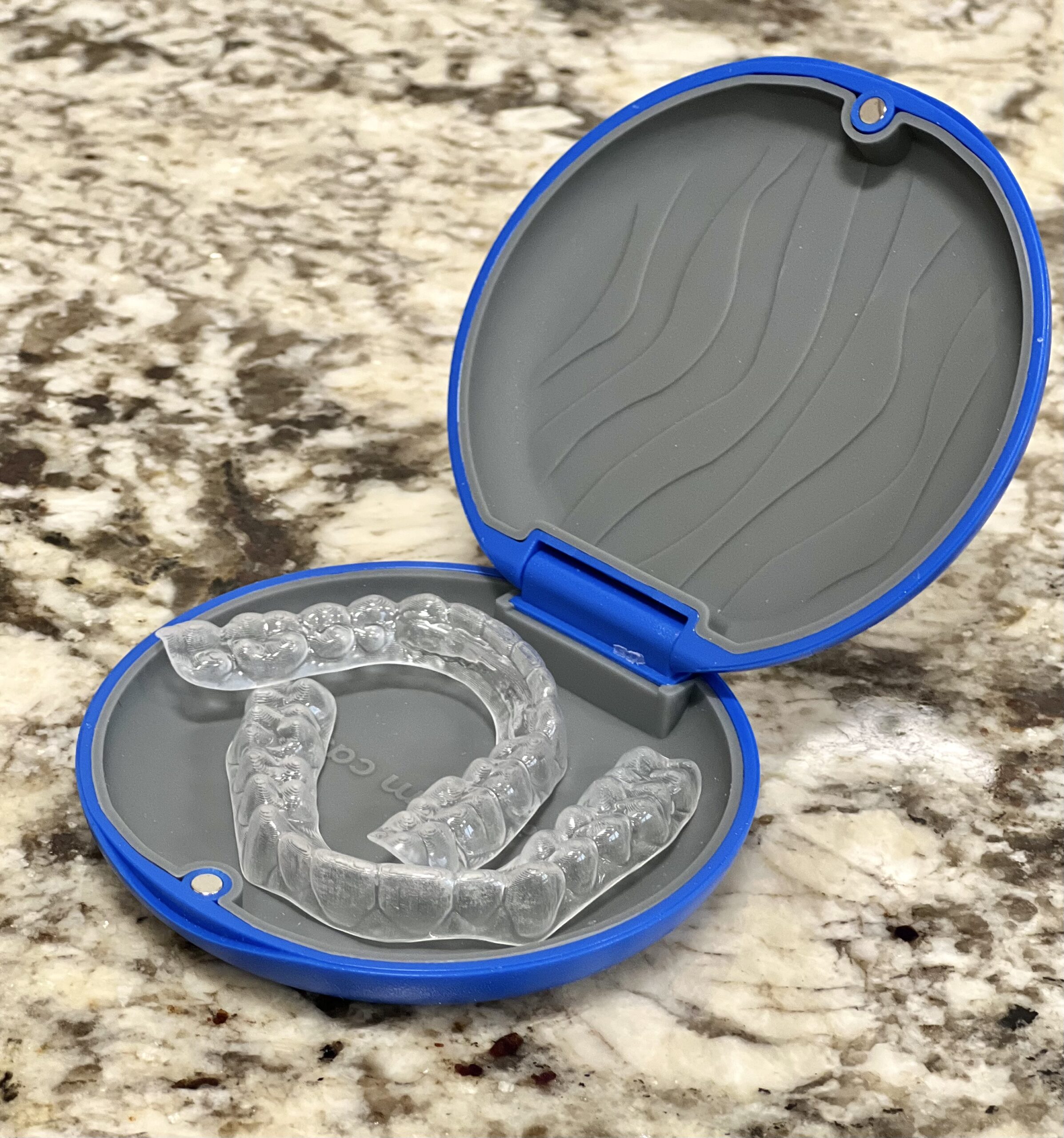
RETAINERS
Retainers may be removable or fixed. They hold your teeth in their new, correct positions after your teeth have been straightened. Your orthodontist will instruct you on how to care for your retainer and about the duration of the wear. Wearing your retainer as directed is crucial to prevent regression of your treatment.
Retainer care:
- Take them out when eating and always put retainers in their case!
- Clean thoroughly once a day with toothbrush and toothpaste. Use warm but not hot water. Efferdent® or other orthodontic appliance cleaners can be used but don’t take the place of brushing.
- Always bring your retainers to your appointments.
- Remove retainers when swimming.
- Keep away from hot water, hot car dashboards, pockets, the washing machine, and napkins.
- If you have any questions or concerns about your retainers, or your retainers need adjusting, call us. Don’t try to adjust them yourself.
- If retainers are lost or broken, call us immediately.
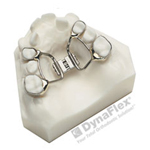
PALATAL EXPANDER
The purpose of a palate expander is to widen the palate, or the roof of the mouth. It is most often used on younger patients whose palates are still growing. It can also be used with adults, however this is less common.
The palate expander is customized to fit each individual patient. It is anchored to the upper first molars by attaching small metal rings or bands around the tooth. The expander is activated by turning the center with a small wrench provided to you by Dr E. You will be instructed by the dental assistant how to turn the expander and how often. See photo for additional instructions on turning the expander.
Brush around the expander daily. Do not eat sticky, chewy candy, as it can loosen your appliance.
- Step 1 – In a well-lit area, tip the patient’s head back.
- Step 2 – Place the key in the hole until it’s firmly in place.
- Step 3 – Pushing the key toward the back of the mouth, you’ll notice the fender will rotate and the new hole will appear. The rotation stops when the key meets the back of the expander.
- Step 4 – By pushing back and down toward the tongue, remove the key. The next hole for insertion of the key should now be visible.

